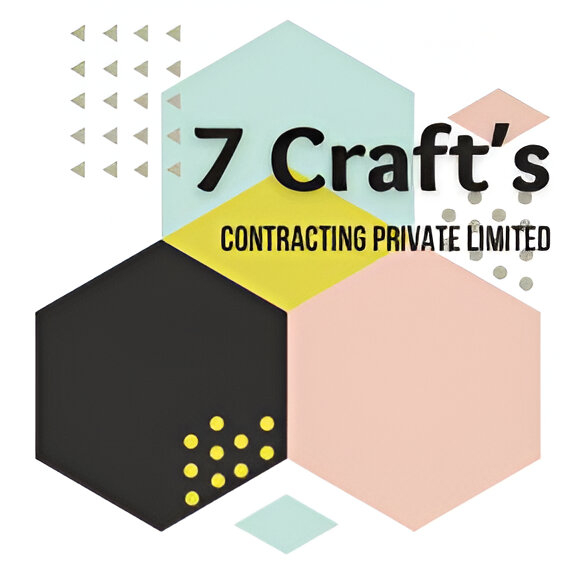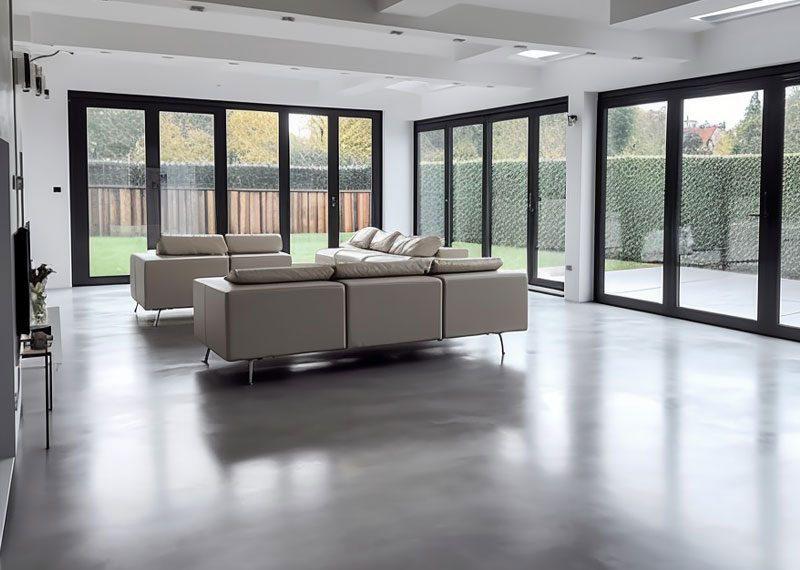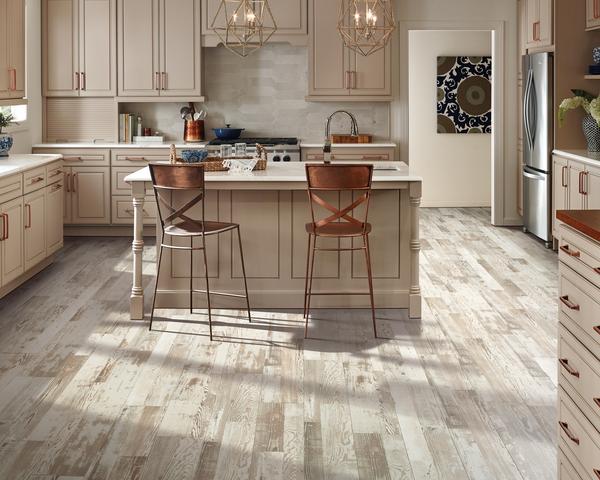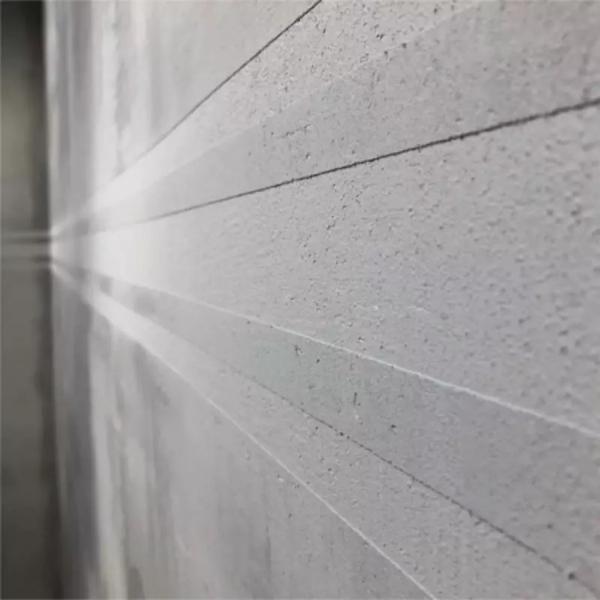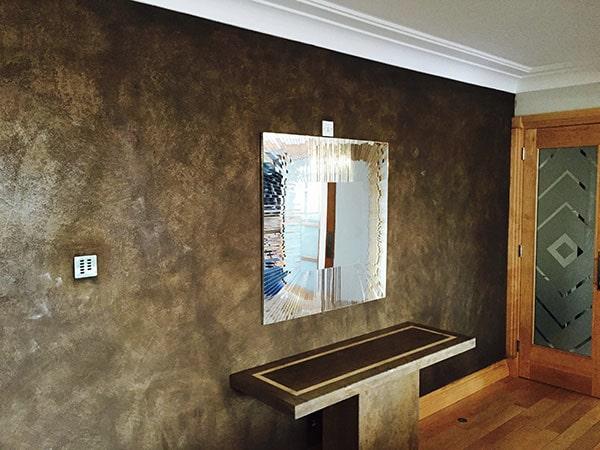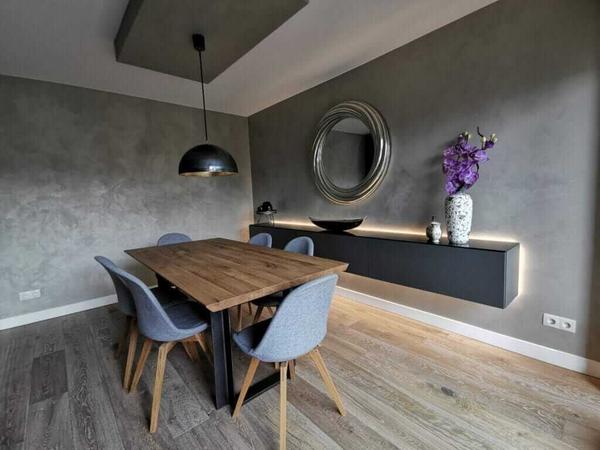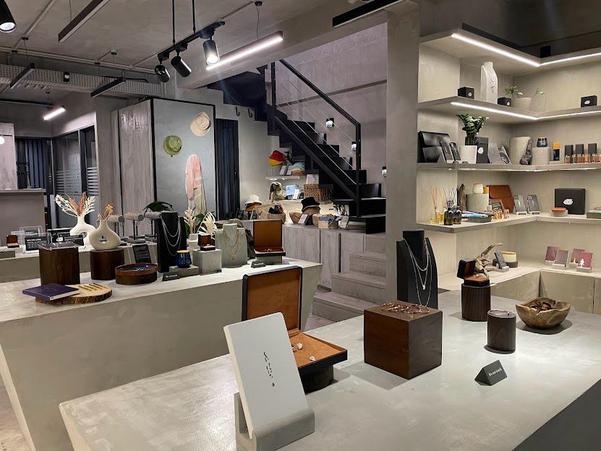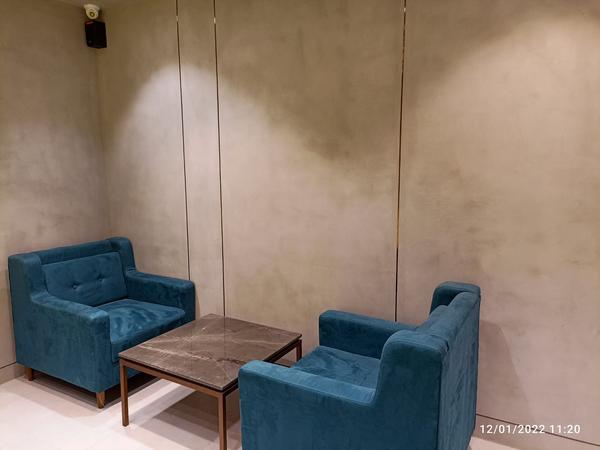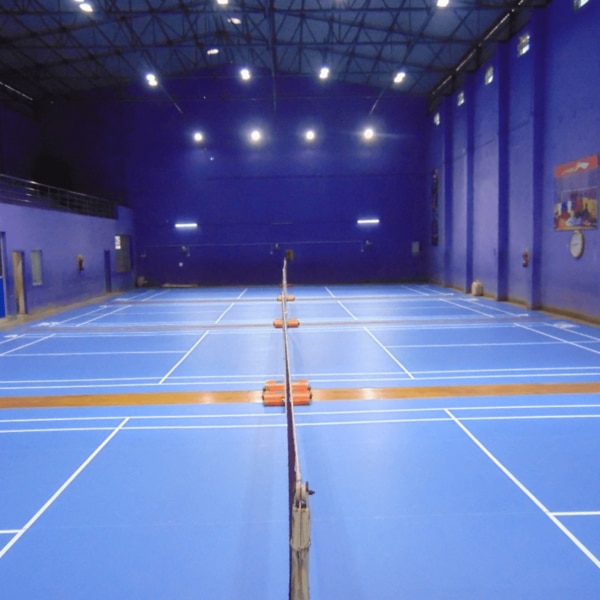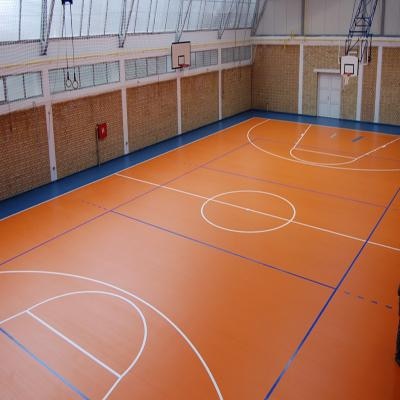Microcement, also known as micro concrete, is a versatile, seamless decorative coating used to enhance floors, walls, and other surfaces. It's a thin layer (2-3mm) applied over existing surfaces without needing to remove them, offering a modern, seamless aesthetic. Microcement is known for its durability, water resistance, and ability to be customized with various colors and textures. Key Characteristics: Thin Layer Application: Microcement's thinness (2-3mm) makes it ideal for renovations and projects where height is a consideration. Seamless Finish: The absence of grout lines creates a continuous, smooth surface, enhancing the visual appeal of spaces. Durability and Water Resistance: Microcement floors are known for their ability to withstand heavy foot traffic and exposure to water, making them suitable for bathrooms, kitchens, and outdoor areas. Versatility: It can be applied to various surfaces like concrete, tiles, wood, and even furniture. Customization: Microcement can be pigmented to achieve a wide range of colors and textures (matte, glossy, etc.). Minimal Work: Unlike traditional concrete or tile flooring, microcement application often requires minimal demolition and removal of existing surfaces. Applications: Flooring: Ideal for both residential and commercial spaces, including living rooms, bedrooms, kitchens, bathrooms, and offices. Walls: Microcement can be used to create feature walls, backsplashes, and even shower enclosures. Other Surfaces: It can be applied to furniture, countertops, and other decorative elements. Outdoor Areas: Microcement can be used for patios, pool surrounds, and other exterior surfaces, often with specialized formulations for slip resistance and weatherproofing. Advantages: Seamless, modern aesthetic . Waterproof and resistant to stains . Durable and long-lasting . Easy to clean . Can be applied over existing surfaces . Can be customized to various colors and textures .
